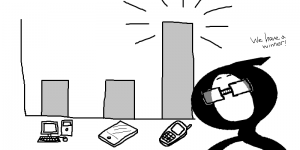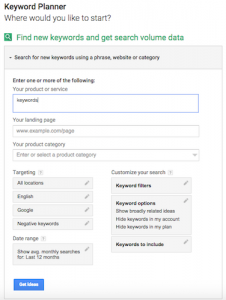Emails are a convenience in the modern times. Right from registering your account at a social media to getting your fresh scoop of the global news, emails are your passport to the digital world. Ever wondered what brought about this revolution? Why the number of email addresses jumped from 2.5 billion users in 2011 to 2.9 billion in 2016? Join the Monks in discovering the undergoing changes to our preferred mode of communication… Emails. Presenting the Theory of Email Evolution.
From a test mail to first mass mailing instances
It all started when the first intra-network mail was sent in 1971 at MIT as a part of ARPANET. It flourished as it was fast, free and could speed up communications in ways that most people couldn’t perceive in the past.
In 1978, Gary Thuerk, marketing manager at Digital Equipment Corp, sent a single email to 400 customers, marking the first instance of mass mailing. The response received was tremendous; his company sold $ 13-14 million worth of products, which belittled the number of complaints they received. Even though later Gary was warned that he should not to repeat it again.
Email became fashionable and open for public
In 1982, Simple Mail Transfer Protocol (SMTP) was introduced to create a standard for sending mail over a network. In the same year, the address for sending emails begun following a standard pattern of “person@domainname.com”.
In 1989, British scientist Tim Berners-Lee at CERN created HTML, HTTP and first ever web pages and this kickstarted the era of the internet. In the late 1990s, emails slowly transitioned from being plain text to feature-rich HTML-based versions. This opened the floodgates as the possibility to add images and background colors made emails even more alluring.
In the 1993-1997 time period, Yahoo! Mail, AOL Mail, Hotmail and Gmail gained recognition as email clients. This increased the user base who adopted emails well into their daily life with no hassles. Email marketers made use of this chance for encouraging their customers to be a part of their emailing list.
Mobile users boomed and emails become responsive and interactive
In 2001, mobile began being bundled with multimedia functionality such as media player, camera, and email applications. But the emails being coded for a fixed width would break its layout and render unreadable in such small devices. This brought on the need for responsive emails in 2009.
With CSS support, the scope of user interactivity increased manifold. From 2015 with elements such as countdown, flip effects and scratch effect possible in emails, the emails are gradually evolving into ‘Mailable Microsites’.
Where does the future lie?
In the 47 years journey, emails have progressed in leaps and bounds. Even with social media becoming a preferred mode of communication, email marketing is here to stay. Curious to know where the future lies for emails? View our latest infographic “Theory of Email Evolution”.
Digital & Social Articles on Business 2 Community
(65)
Report Post
![The Theory of Email Evolution [Infographic] - email evolution](https://www.onlinesalesguidetip.com/wp-content/uploads/2016/12/The-Theory-of-Email-Evolution-Infographic.jpg)





